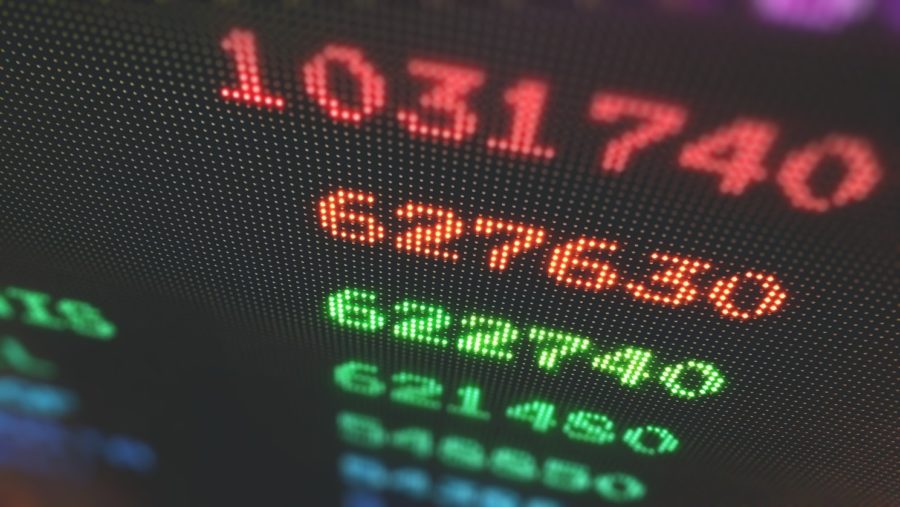From time to time, bubbles form in the speculative markets. The tulip bulb bubble, the French Law scheme and of course the US stock market crash of 1929 springs to mind.
As of this writing, we have just come out of probably one of the largest bubble of all times, in the stock markets of the western world. Since the lows of March 2009, we may have just created another.
It was once said that the stock market is in a bubble when stock prices affect the economy more than the economy affect stock prices. To me that is a uniting characteristic of all bubbles in the history of the world.
A bubble usually start slowly, and gradually builds up to the peak over a period of several years. After it has peaked, prices almost always fall abruptly for a short while and then recovers part of the fall.
After the recovery, there is usually a protracted period of several years when prices slowly grind lower, and market participants leave the market. The Japanese stock market bubble that peaked late in the year 1989 has been falling gradually for more than eleven years now.
Bubbles are often followed by recessions, and these recessions sometimes lead to war or political instability. The French Law scheme was followed by miserable economic conditions, that eventually lead to the French revolution.
The aftermath of the 1920s bubble was a world-wide depression and eventually the second world war. Of course, the bubble itself is not the primary reason for wars, revolutions or even recessions, but a bubble is caused by and feeds on the same economic conditions that tend to cause recessions and social unrest.
Bubbles seem to be coupled to loose credit policies. Whenever credit is easy, bubbles pop up in various markets. Historically, a bubble has usually been contained in a country or region, although international capital has always had a role to play.
The role of international capital has, however, become much more important as a result of the globalization of capital markets.
An important factor linked to credit and the globalization seems to be fiat (paper) money. Whenever there has been fiat money, there has been bubbles.
The prime example is the Mississippi bubble in France. Historically, fiat money was contained in individual countries, and international trade was conducted in gold.
This worked to contain the bubble, as loose credit could not easily be extended across borders. Today, the role of gold has been replaced with fiat US dollars, and interestingly, bubbles seem to be much more common now than in the old days.
During the build-up of the bubble, investments decisions usually become increasingly misdirected.
In the 1980s, real estate bubbles, especially in Japan and Sweden, destabilized the banking systems in those countries, as investments in real estate and construction destroyed borrowers.
Stock market bubbles tend to fund unsound business and promote overinvestment in popular sectors. In the 1920s US bubble, this led to hundreds of car manufacturers, and in the 1990s it led to overcapacity in various tech segments, such as chips.
At the peak of a bubble, misleading financial statements and sometimes even fraud abound. The South Sea bubble in the 1720s is the prime example, as most public companies at that time were started in order to defraud the public.
The fraudsters are usually exposed only after the bubble has started to collapse, as they find it impossible to continue to fund their enterprises. This is also where the public start to find out that they have been tricked and start crying for blood.
Frequent use of the word “new” tend to coincide with the bubble peak, as investors try to rationalize why this time should be different.
The bubble participants often have an intellectual understanding that the bubble is indeed a bubble, but nevertheless, they choose to participate.
Newton was convinced that the rising stock prices in London were unsustainable and sold his stock holdings, but gave in to temptation and bought them back at a higher price, right before the top of the South Sea bubble.
Alan Greenspan warned of a stock market bubble in 1996, yet continued to abet the bubble by providing vast amounts of liquidity at least until the new year 2000 – less than three months before the peak – and by cushioning the 1998 fall by drastic rate cuts.
The crash in 2008 could be said to have been caused by the real estate bubble caused by over-exuberant banks lending money to “subprime” borrowers thinking they could count on property prices rising to guarantee their loans.

